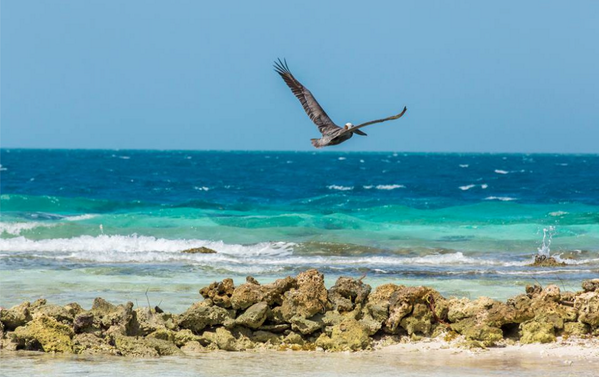It’s amazing how far Belize has come in the last few decades. Prior to independence in September 1981 (and stay tuned for more word on the upcoming annual Belize Independence Day celebrations) the former British Honduras was virtually unknown as a tourism destination and was still struggling along with an agrarian economy.
Having been blessed with such rich, fertile land and a Caribbean seacoast teeming with fish and marine life, it was often said that Belizeans may have been poor, but never desperate, as it was almost impossible to starve amid such natural abundance.
Even in Southern Belize, which I first visited in the 1970s, life was good. The bad roads meant that the remote part of the country seemed a very long way from what little luxuries Belize City and Belmopan could offer back then, but one was immediately struck with how clean and orderly the little villages were, and how self-sufficient the people were.
I met many villagers from Hopkins, Seine Bight, Placencia, Monkey River and all the way down past Punta Gorda and Barranco who owned not much more than their homes and a homemade dory – a dugout canoe carved from a tree trunk – some fishing line and a few tools and implements, and that was it. Literally.
But they scratched out small gardens from the sandy soil fertilised with seafood and mulched with seaweed, and managed to sell enough fish, conchs and lobsters to buy flour, rice, beans, Klim (the ubiquitous tinned milk) and a few canned goods. In addition, the coconuts provided oil for cooking, milk for making tortillas and the white flesh for a range of uses. Hunters sporadically provided welcome game meat such as deer and gibnut.
During the Lenten season everyone was busy corning fish by salting it and hanging it out in the sun to dry. This provided a nice burst of income as the stuff was in huge demand in the cities and interiors in the lead up to Easter.
Otherwise, it was a “catch and kill” existence characterised by “hand wash hand” – you got by on what you could find, shared what you had and gratefully and unashamedly received help when you needed it.
It was a real eye opener and a learning experience that I’ve always been grateful for.
Why this trip down memory lane?
I’ve been reading from afar about the Norwegian Cruise Lines debate as people ponder the wisdom of the Government of Belize selling a caye in Southern Belize and opening the area up to cruise tourism. And, as with any debate, there are two sides to the story:
On one hand, eco-tourism has made a dramatic improvement in the standard of living and quality of life for thousands upon thousands of Belizeans right across the country. Local Belizean entrepreneurs created a unique tourism industry that’s both productive and environmentally sustainable. Opportunities in education and employment are now available for generations of young people that were simply not possible before. The list goes on…
On the other hand, once “Mother Nature’s best kept Secret” got out, the floodgates were opened for investors the world over to capitalise on this fresh new attractive face on the tourism market. Being new to the game, and in the midst of a boom, it suddenly became a necessity to carefully manage development so that the fruits of Belize’s success were spread evenly and fairly, and that what made Belize so special was protected and maintained.
It’s a very delicate balancing act, but one of immense importance. Get it right, and Belize’s future looks promising indeed. Get it wrong, and the things driving that future could be lost forever.
So when I read of debates such as the benefits of a cruise ship port in southern Belize versus the consequences of placing something so huge smack dab in the centre of one of the most environmentally sensitive areas in the world, and perhaps putting the home grown Belizean tourism product at risk, many conflicting thoughts ran through my head.
There cannot, and never should be a “return to the good old days” mentality. Life, especially in a developing country, is about moving forward. Infrastructure and job creation are essential.
However, I’ve seen with my own eyes the interaction between the people of Belize and the natural environment – a relationship developed over thousands of years ever since the first Maya villages were established. It’s a relationship that developed so beautifully, and effectively, because it evolved over time. And the key word here is evolved.
If I found a magic lantern and had any wish to be granted in the proposed development of southern Belize, it would be that it said development evolves, in the true sense of the word, with proper consultation, consideration, planning and analysis, and doesn’t just happen with the flourish of a pen and the shaking of a few hands.
This beautiful, pristine area has been around for a very long time, as have many of the families who live here. Why the sudden need for haste? And why do many Belize tourism industry stakeholders say they feel left out of the process?
These are just the thoughts of one person who doesn’t pretend to know all of the intricacies of southern Belize debate. However, one of the other things I love about Belize is that fact that people discuss, listen and actually care about where their country is going, and it is in this spirit that I make these observations.
Yes, development has been and will continue to be essential for Belize. Let’s just make sure it continues to be by and for Belizeans.
